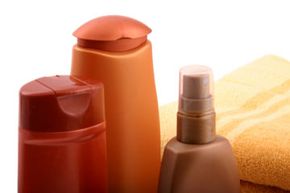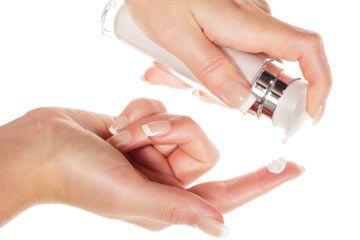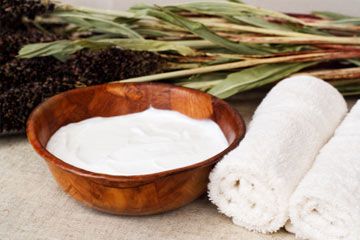There's something about a sun-kissed glow that epitomizes health, beauty and a leisurely lifestyle. Fashion magazines and celebrity photos abound with such images, making the quest for tanned skin the beauty ideal for many.
Fashion designer Coco Chanel is credited with making the tan a marker of beauty in the 1920s. She sported her dramatic glow after a holiday in the French Riviera, and the suntan was a symbol of beauty from then on. Prior to Chanel, a tan was viewed as a result of a laborer's hard work in the sun -- generally not something to be desired [source: Singer]. Flash forward to today, with the rise of skin cancer rates, and it's easy to see why a fake tan is the new ideal. For many people, the beauty of a real tan just isn't worth the health risks, so they're turning to sunless alternatives. There are many skin care products available that can give you that been-on-a-great-vacation look even if you've spent very little time in the sun.
Advertisement
Skin-darkening moisturizers, like other sunless skin care products, are becoming increasingly popular. They're as easy to use as a basic moisturizer, and they do double duty as a moisturizer and self-tanner in one. There are many skin-darkening moisturizers on the market in different tones from light to dark. This new generation of moisturizer gives you just a hint of color with the first use and then increases gradually with each application. Plus, you can use skin-darkening moisturizers on a daily basis [source: Monroe].
Although this product may sound like a self-tanner, it's actually quite different. Read on to learn what active ingredient is in skin-darkening moisturizer and how it was accidentally discovered.
Advertisement


